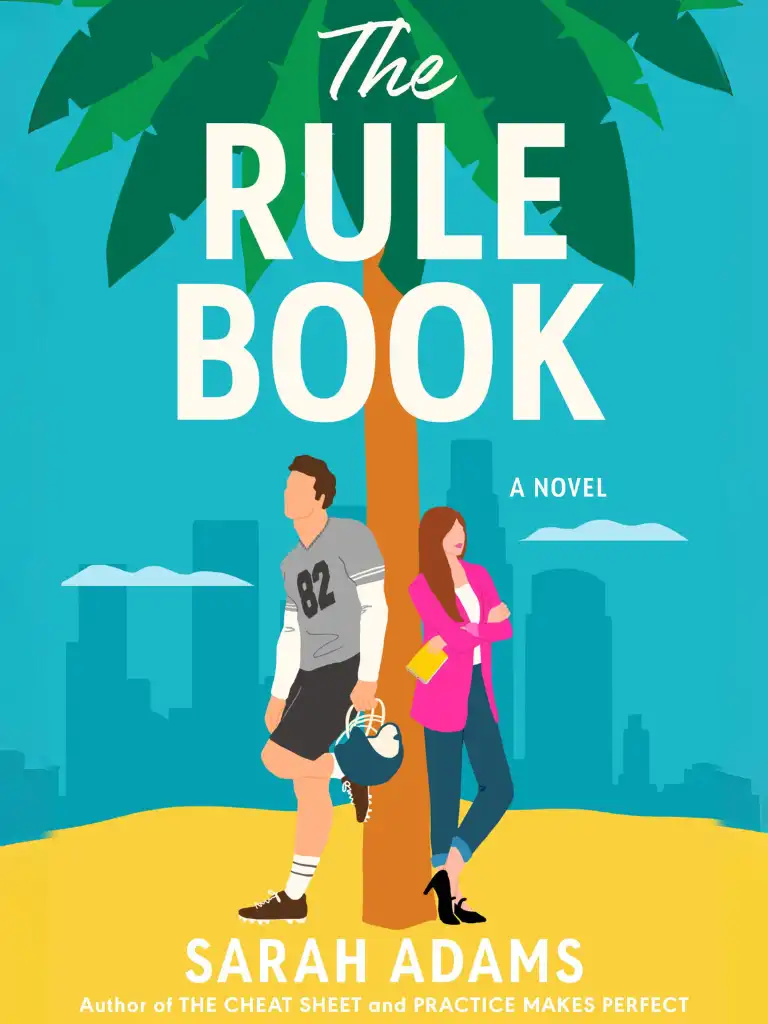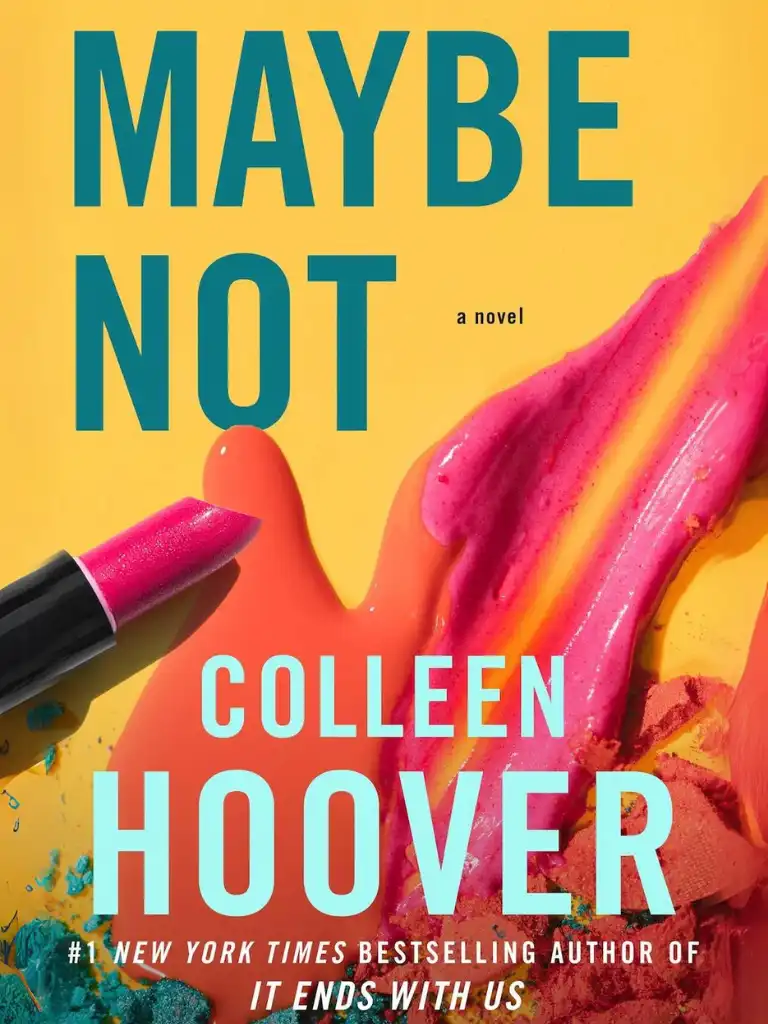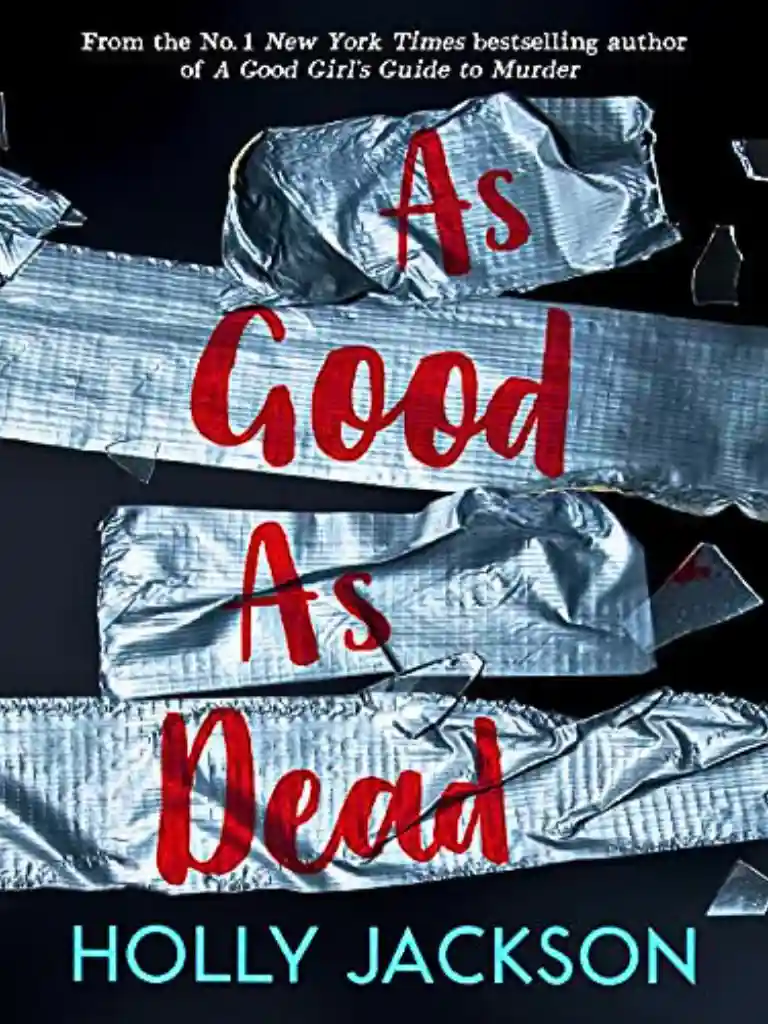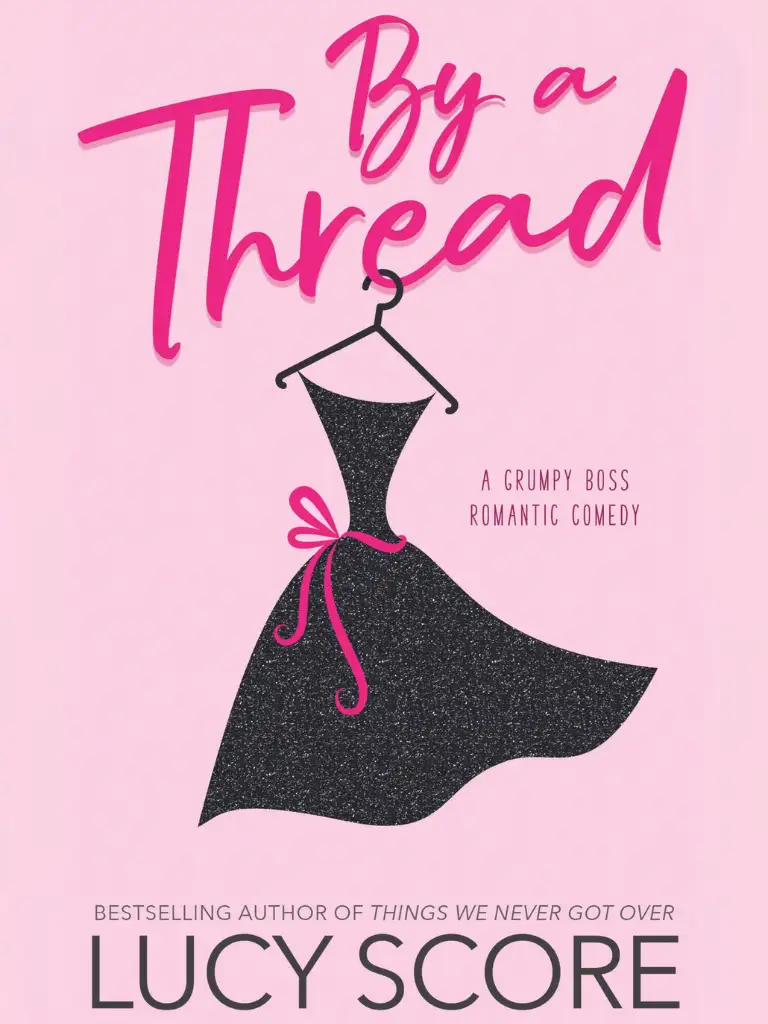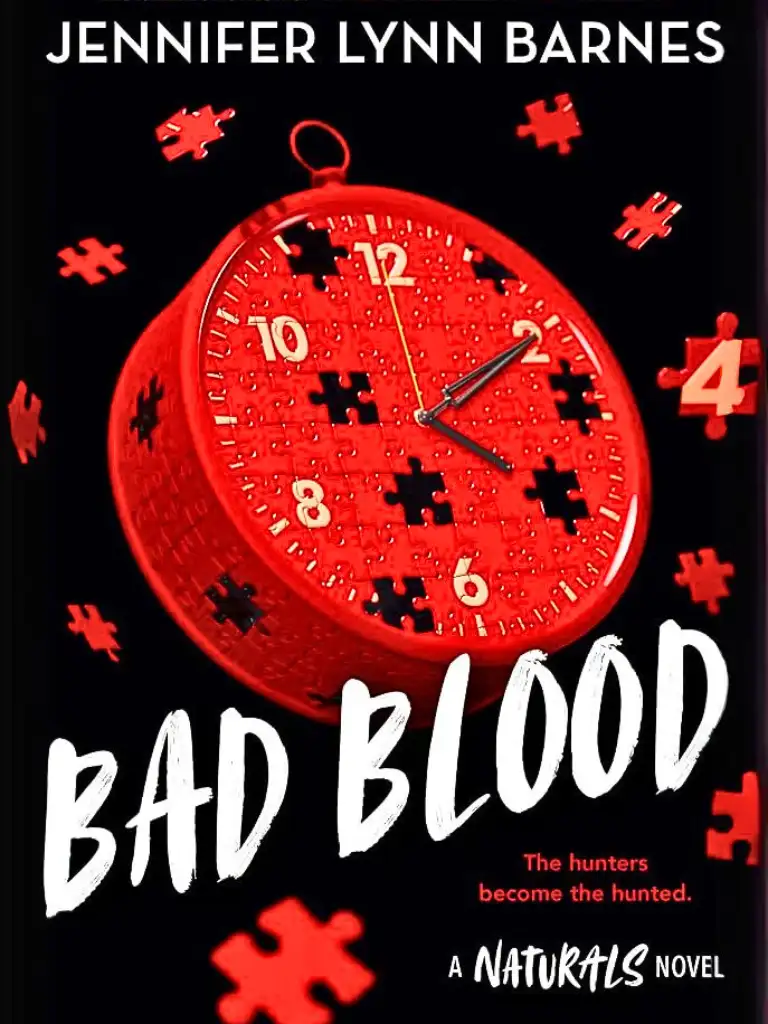ON THE FINAL day of my sophomore year of high school, I was hit in the face with a baseball bat. As my classmate took a full swing, the
bat slipped out of his hands and came flying toward me before striking me directly between the eyes. I have no memory of the moment of impact.
The bat smashed into my face with such force that it crushed my nose into a distorted U-shape. The collision sent the soft tissue of my brain slamming into the inside of my skull. Immediately, a wave of swelling surged throughout my head. In a fraction of a second, I had a broken nose, multiple skull fractures, and two shattered eye sockets.
When I opened my eyes, I saw people staring at me and running over to help. I looked down and noticed spots of red on my clothes. One of my classmates took the shirt off his back and handed it to me. I used it to plug the stream of blood rushing from my broken nose.
Shocked and confused, I was unaware of how seriously I had been injured.
My teacher looped his arm around my shoulder and we began the long walk to the nurse’s office: across the field, down the hill, and back into school. Random hands touched my sides, holding me upright. We took our time and walked slowly. Nobody realized that every minute mattered.
When we arrived at the nurse’s office, she asked me a series of questions.
“What year is it?”
“1998,” I answered. It was actually 2002. “Who is the president of the United States?”
“Bill Clinton,” I said. The correct answer was George W. Bush.
“What is your mom’s name?”
“Uh. Um.” I stalled. Ten seconds passed.
“Patti,” I said casually, ignoring the fact that it had taken me ten seconds to remember my own mother’s name.
That is the last question I remember. My body was unable to handle the rapid swelling in my brain and I lost consciousness before the ambulance arrived. Minutes later, I was carried out of school and taken to the local hospital.
Shortly after arriving, my body began shutting down. I struggled with basic functions like swallowing and breathing. I had my first seizure of the day. Then I stopped breathing entirely. As the doctors hurried to supply me with oxygen, they also decided the local hospital was unequipped to handle the situation and ordered a helicopter to fly me to a larger hospital in Cincinnati.
I was rolled out of the emergency room doors and toward the helipad across the street. The stretcher rattled on a bumpy sidewalk as one nurse pushed me along while another pumped each breath into me by hand. My mother, who had arrived at the hospital a few moments before, climbed into the helicopter beside me. I remained unconscious and unable to breathe on my own as she held my hand during the flight.
While my mother rode with me in the helicopter, my father went home to check on my brother and sister and break the news to them. He choked back tears as he explained to my sister that he would miss her eighth-grade graduation ceremony that night. After passing my siblings off to family and friends, he drove to Cincinnati to meet my mother.
When my mom and I landed on the roof of the hospital, a team of nearly twenty doctors and nurses sprinted onto the helipad and wheeled me into the trauma unit. By this time, the swelling in my brain had become so severe that I was having repeated post-traumatic seizures. My broken bones needed to be fixed, but I was in no condition to undergo surgery. After yet another seizure—my third of the day—I was put into a medically induced coma and placed on a ventilator.
My parents were no strangers to this hospital. Ten years earlier, they had entered the same building on the ground floor after my sister
was diagnosed with leukemia at age three. I was five at the time. My brother was just six months old. After two and a half years of chemotherapy treatments, spinal taps, and bone marrow biopsies, my little sister finally walked out of the hospital happy, healthy, and cancer free. And now, after ten years of normal life, my parents found themselves back in the same place with a different child.
While I slipped into a coma, the hospital sent a priest and a social worker to comfort my parents. It was the same priest who had met with them a decade earlier on the evening they found out my sister had cancer.
As day faded into night, a series of machines kept me alive. My parents slept restlessly on a hospital mattress—one moment they would collapse from fatigue, the next they would be wide awake with worry. My mother would tell me later, “It was one of the worst nights I’ve ever had.”
MY RECOVERY
Mercifully, by the next morning my breathing had rebounded to the point where the doctors felt comfortable releasing me from the coma. When I finally regained consciousness, I discovered that I had lost my ability to smell. As a test, a nurse asked me to blow my nose and sniff an apple juice box. My sense of smell returned, but—to everyone’s surprise—the act of blowing my nose forced air through the fractures in my eye socket and pushed my left eye outward. My eyeball bulged out of the socket, held precariously in place by my eyelid and the optic nerve attaching my eye to my brain.
The ophthalmologist said my eye would gradually slide back into place as the air seeped out, but it was hard to tell how long this would take. I was scheduled for surgery one week later, which would allow me some additional time to heal. I looked like I had been on the wrong end of a boxing match, but I was cleared to leave the hospital. I returned home with a broken nose, half a dozen facial fractures, and a bulging left eye.
The following months were hard. It felt like everything in my life was on pause. I had double vision for weeks; I literally couldn’t see straight. It took more than a month, but my eyeball did eventually return to its normal location. Between the seizures and my vision
problems, it was eight months before I could drive a car again. At physical therapy, I practiced basic motor patterns like walking in a straight line. I was determined not to let my injury get me down, but there were more than a few moments when I felt depressed and overwhelmed.
I became painfully aware of how far I had to go when I returned to the baseball field one year later. Baseball had always been a major part of my life. My dad had played minor league baseball for the St. Louis Cardinals, and I had a dream of playing professionally, too. After months of rehabilitation, what I wanted more than anything was to get back on the field.
But my return to baseball was not smooth. When the season rolled around, I was the only junior to be cut from the varsity baseball team. I was sent down to play with the sophomores on junior varsity. I had been playing since age four, and for someone who had spent so much time and effort on the sport, getting cut was humiliating. I vividly remember the day it happened. I sat in my car and cried as I flipped through the radio, desperately searching for a song that would make me feel better.
After a year of self-doubt, I managed to make the varsity team as a senior, but I rarely made it on the field. In total, I played eleven innings of high school varsity baseball, barely more than a single game.
Despite my lackluster high school career, I still believed I could become a great player. And I knew that if things were going to improve, I was the one responsible for making it happen. The turning point came two years after my injury, when I began college at Denison University. It was a new beginning, and it was the place where I would discover the surprising power of small habits for the first time.
HOW I LEARNED ABOUT HABITS
Attending Denison was one of the best decisions of my life. I earned a spot on the baseball team and, although I was at the bottom of the roster as a freshman, I was thrilled. Despite the chaos of my high school years, I had managed to become a college athlete.
I wasn’t going to be starting on the baseball team anytime soon, so I focused on getting my life in order. While my peers stayed up late and
played video games, I built good sleep habits and went to bed early each night. In the messy world of a college dorm, I made a point to keep my room neat and tidy. These improvements were minor, but they gave me a sense of control over my life. I started to feel confident again. And this growing belief in myself rippled into the classroom as I improved my study habits and managed to earn straight A’s during my first year.
A habit is a routine or behavior that is performed regularly—and, in many cases, automatically. As each semester passed, I accumulated small but consistent habits that ultimately led to results that were unimaginable to me when I started. For example, for the first time in my life, I made it a habit to lift weights multiple times per week, and in the years that followed, my six-foot-four-inch frame bulked up from a featherweight 170 to a lean 200 pounds.
When my sophomore season arrived, I earned a starting role on the pitching staff. By my junior year, I was voted team captain and at the end of the season, I was selected for the all-conference team. But it was not until my senior season that my sleep habits, study habits, and strength-training habits really began to pay off.
Six years after I had been hit in the face with a baseball bat, flown to the hospital, and placed into a coma, I was selected as the top male athlete at Denison University and named to the ESPN Academic All-America Team—an honor given to just thirty-three players across the country. By the time I graduated, I was listed in the school record books in eight different categories. That same year, I was awarded the university’s highest academic honor, the President’s Medal.
I hope you’ll forgive me if this sounds boastful. To be honest, there was nothing legendary or historic about my athletic career. I never ended up playing professionally. However, looking back on those years, I believe I accomplished something just as rare: I fulfilled my potential. And I believe the concepts in this book can help you fulfill your potential as well.
We all face challenges in life. This injury was one of mine, and the experience taught me a critical lesson: changes that seem small and unimportant at first will compound into remarkable results if you’re willing to stick with them for years. We all deal with setbacks but in the long run, the quality of our lives often depends on the quality of our
habits. With the same habits, you’ll end up with the same results. But with better habits, anything is possible.
Maybe there are people who can achieve incredible success overnight. I don’t know any of them, and I’m certainly not one of them. There wasn’t one defining moment on my journey from medically induced coma to Academic All-American; there were many. It was a gradual evolution, a long series of small wins and tiny breakthroughs. The only way I made progress—the only choice I had—was to start small. And I employed this same strategy a few years later when I started my own business and began working on this book.
HOW AND WHY I WROTE THIS BOOK
In November 2012, I began publishing articles at jamesclear.com. For years, I had been keeping notes about my personal experiments with habits and I was finally ready to share some of them publicly. I began by publishing a new article every Monday and Thursday. Within a few months, this simple writing habit led to my first one thousand email subscribers, and by the end of 2013 that number had grown to more than thirty thousand people.
In 2014, my email list expanded to over one hundred thousand subscribers, which made it one of the fastest-growing newsletters on the internet. I had felt like an impostor when I began writing two years earlier, but now I was becoming known as an expert on habits—a new label that excited me but also felt uncomfortable. I had never considered myself a master of the topic, but rather someone who was experimenting alongside my readers.
In 2015, I reached two hundred thousand email subscribers and signed a book deal with Penguin Random House to begin writing the book you are reading now. As my audience grew, so did my business opportunities. I was increasingly asked to speak at top companies about the science of habit formation, behavior change, and continuous improvement. I found myself delivering keynote speeches at conferences in the United States and Europe.
In 2016, my articles began to appear regularly in major publications like Time, Entrepreneur, and Forbes. Incredibly, my writing was read by over eight million people that year. Coaches in the NFL, NBA, and MLB began reading my work and sharing it with their teams.
At the start of 2017, I launched the Habits Academy, which became the premier training platform for organizations and individuals interested in building better habits in life and work.* Fortune 500 companies and growing start-ups began to enroll their leaders and train their staff. In total, over ten thousand leaders, managers, coaches, and teachers have graduated from the Habits Academy, and my work with them has taught me an incredible amount about what it takes to make habits work in the real world.
As I put the finishing touches on this book in 2018, jamesclear.com is receiving millions of visitors per month and nearly five hundred thousand people subscribe to my weekly email newsletter—a number that is so far beyond my expectations when I began that I’m not even sure what to think of it.
HOW THIS BOOK WILL BENEFIT YOU
The entrepreneur and investor Naval Ravikant has said, “To write a great book, you must first become the book.” I originally learned about the ideas mentioned here because I had to live them. I had to rely on small habits to rebound from my injury, to get stronger in the gym, to perform at a high level on the field, to become a writer, to build a successful business, and simply to develop into a responsible adult.
Small habits helped me fulfill my potential, and since you picked up this book, I’m guessing you’d like to fulfill yours as well.
In the pages that follow, I will share a step-by-step plan for building better habits—not for days or weeks, but for a lifetime. While science supports everything I’ve written, this book is not an academic research paper; it’s an operating manual. You’ll find wisdom and practical advice front and center as I explain the science of how to create and change your habits in a way that is easy to understand and apply.
The fields I draw on—biology, neuroscience, philosophy, psychology, and more—have been around for many years. What I offer you is a synthesis of the best ideas smart people figured out a long time ago as well as the most compelling discoveries scientists have made recently. My contribution, I hope, is to find the ideas that matter most and connect them in a way that is highly actionable. Anything wise in these pages you should credit to the many experts who preceded me.
Anything foolish, assume it is my error.
The backbone of this book is my four-step model of habits—cue, craving, response, and reward—and the four laws of behavior change that evolve out of these steps. Readers with a psychology background may recognize some of these terms from operant conditioning, which was first proposed as “stimulus, response, reward” by B. F. Skinner in the 1930s and has been popularized more recently as “cue, routine, reward” in The Power of Habit by Charles Duhigg.
Behavioral scientists like Skinner realized that if you offered the right reward or punishment, you could get people to act in a certain way. But while Skinner’s model did an excellent job of explaining how external stimuli influenced our habits, it lacked a good explanation for how our thoughts, feelings, and beliefs impact our behavior. Internal states—our moods and emotions—matter, too. In recent decades, scientists have begun to determine the connection between our thoughts, feelings, and behavior. This research will also be covered in these pages.
In total, the framework I offer is an integrated model of the cognitive and behavioral sciences. I believe it is one of the first models of human behavior to accurately account for both the influence of external stimuli and internal emotions on our habits. While some of the language may be familiar, I am confident that the details—and the applications of the Four Laws of Behavior Change—will offer a new way to think about your habits.
Human behavior is always changing: situation to situation, moment to moment, second to second. But this book is about what doesn’t change. It’s about the fundamentals of human behavior. The lasting principles you can rely on year after year. The ideas you can build a business around, build a family around, build a life around.
There is no one right way to create better habits, but this book describes the best way I know—an approach that will be effective regardless of where you start or what you’re trying to change. The strategies I cover will be relevant to anyone looking for a step-by-step system for improvement, whether your goals center on health, money, productivity, relationships, or all of the above. As long as human behavior is involved, this book will be your guide.
THE FUNDAMENTALS
Why Tiny Changes Make a Big Difference


